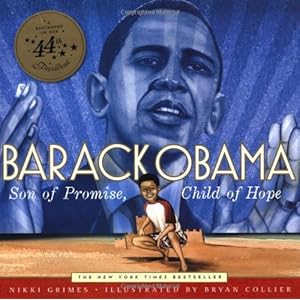Subject Area: Language Arts
Genre: Fiction, Picture book
Summary: The boy in this story gives a mouse a cookie. With the cookie, the mouse needs to have a glass of milk. After that he needs to get cleaned up, but every thing that the mouse does, he fails to finish and gets distracted. He keeps starting something new without finishing the last. Eventually, the mouse wants another cookie but the boy is so exhausted that he falls asleep right on his desk.
Themes/Topics: Sharing, Clean-up, Friendship
Initiating Questions & Activity:
- Questions: What do you like to drink when you eat cookies? Does anyone have any pets? Would you give your pet a cookie?
- Activity: As a class, we will do an A-B-C brainstorm to figure out what we think might happen in the book given the title. We will also discuss the questions that are presented.
Culminating & Extending Questions:
- Questions: Did you like this book? Do you have a favorite part? Would you want a pet mouse like this one? Would you give him cookies if you knew he would tire you out this way?
- Activity: After reading this book, each student will come up with a different animal to base their own story on (like Numeroff will later do with her stories). Each student will come up with a story about giving a certain food to that animal and explain to us what will happen. This will take place in small groups. Students will be encouraged to draw a picture to accompany their story.



















